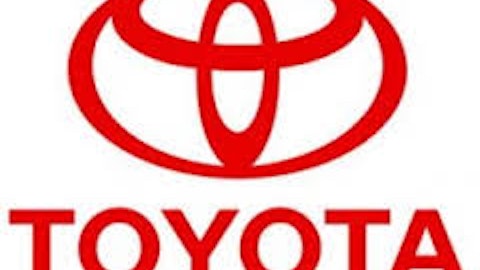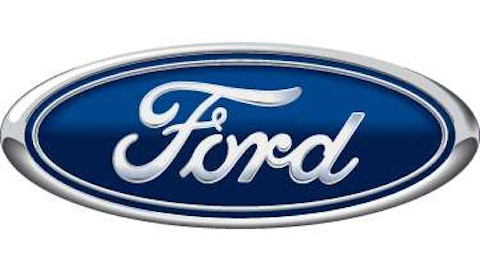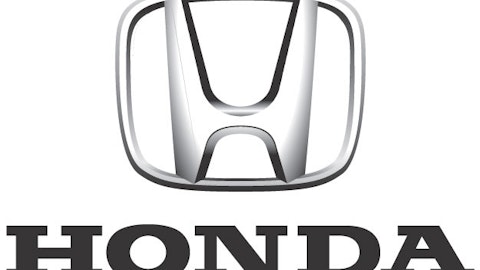![]() Investors often avoid high-priced stocks because they seem expensive. If an investor has a small account, they would only be able to afford a few shares of an expensive stock while they could buy more shares of a cheap stock. This is an example of the psychology that impacts investment decisions.
Investors often avoid high-priced stocks because they seem expensive. If an investor has a small account, they would only be able to afford a few shares of an expensive stock while they could buy more shares of a cheap stock. This is an example of the psychology that impacts investment decisions.
“Expensive” and “cheap” are relative terms. Instead of paying attention to the price of the stock, investors should look at the value it offers. Price-to-earnings (P/E) ratios are often used to define value in stocks, but we prefer to look at the PEG ratio.
PEG ratios are based on the relationship between the P/E ratio and the earnings growth rate. Stocks that are growing earnings faster than average should have P/E ratios that are higher than average. The PEG ratio accounts for this and shows that a stock is fairly valued when the P/E ratio and the earnings per share (EPS) growth rate are equal. This would result in a PEG ratio of 1.
If a stock is growing earnings at 30% a year, for example, it would be undervalued with a P/E ratio below 30. A P/E ratio of 30 would indicate the stock is fairly valued, and a P/E ratio greater than 30 would be a warning that the stock is overvalued.
To find price targets with the PEG ratio, you can multiply EPS by the projected growth rate. This is a simple model, but it generally offers price targets for stocks that are close to the targets provided by Wall Street analysts.
In looking at high-priced stocks, those trading at more than $100 a share, we found three bargains based on the PEG ratio showing high relative strength (RS). RS is shown as a number between 0 and 100, with 100 being the strongest and 0 being the weakest.
Combining RS and value criteria improves the performance. We are no longer just finding undervalued stocks and waiting for the rest of the market to agree with us. Now we are finding the undervalued stocks that other investors are already buying.
Kyocera Corporation (ADR) (NYSE:KYO) is a telecommunications equipment manufacturer headquartered in Japan. Analysts expect Kyocera Corporation (ADR) (NYSE:KYO)’s EPS growth rate to accelerate from an average of 13.6% a year in the past five years to 27.6% a year in the next five years. Based on this year’s estimated earnings, Kyocera Corporation (ADR) (NYSE:KYO) has a P/E ratio of 20 and a PEG ratio of 0.72 based on the estimated earnings growth rate. The stock has a RS pf 78.

Recommended Trade Setup:
— Buy KYO up to $110
— Set stop-loss at $97, a short-term support level from the daily charts
— Set initial price target at $150 for a potential 36% gain in 6-12 months.
Japanese auto manufacturer Toyota Motor Corporation (ADR) (NYSE:TM) is also a bargain and has a RS of 80. EPS growth has averaged 10.2% a year in the past five years and is expected to reach 32.5% a year in the next five years. With a P/E ratio of 10.7 and a PEG ratio of 0.33, Toyota Motor Corporation (ADR) (NYSE:TM) could double and would be still be undervalued by this metric.

Call options offer a low-cost way to trade high-priced stocks. Options with at least several months before expiration can be bought instead of the stocks, and as the options expire, exposure to the company can be maintained with new options contracts.
A call option with an exercise price of $125 expiring in January 2015 is trading at about $16.15. This option will be profitable if Toyota Motor Corporation (ADR) (NYSE:TM) trades above $141.15, just 12% above recent prices.




